The OETR (Offshore Energy Technical Research) Association has initiated an industry standard Play Fairway Analysis and Geoscience Data Package program. This program is intended to serve a pivotal role in stimulating industry interest in exploration of Nova Scotia’s offshore petroleum resources by providing explorers with critical information about prospectivity and resource potential to aid in decision making.
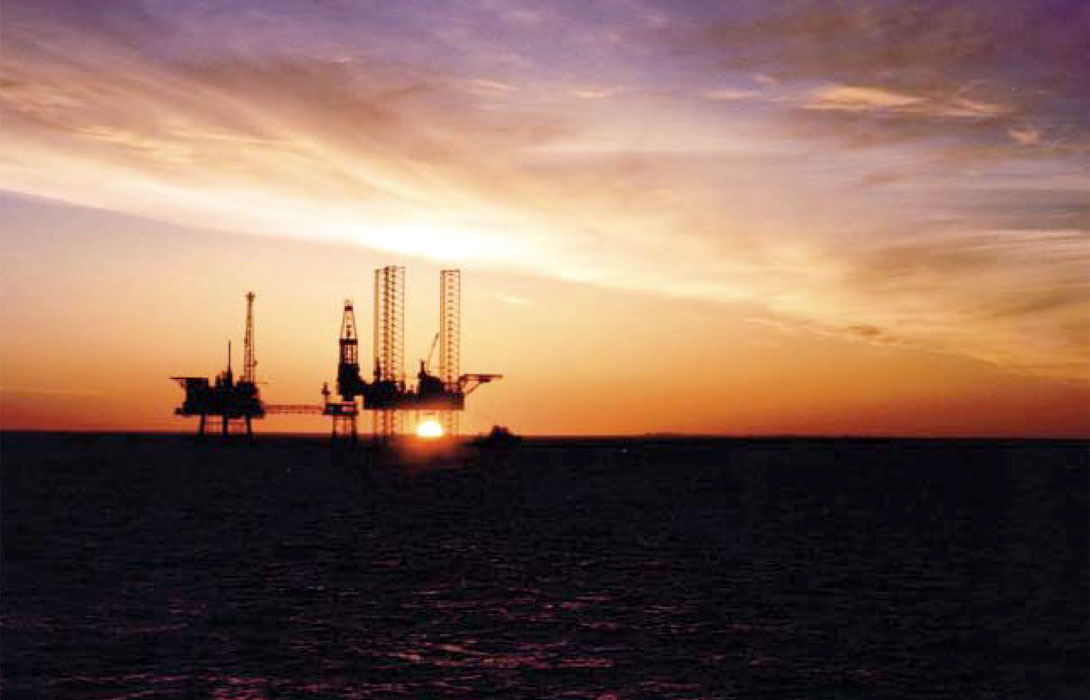
Background: Nova Scotia’s Offshore and the Play Fairway Analysis
The history of petroleum exploration offshore Nova Scotia spans more than 40 years with the first well drilled in 1967 and the first discovery in 1969. During this period more than 200 exploration, delineation and production wells have been drilled with discovered reserves in the range of 2.1 billion (boe). However, it was not until 1992 that the first oil production took place at the Cohasset Panuke development, and the first natural gas production in 1999 from the Sable Offshore Energy Project. More recently the discovery of commercial quantities of natural gas at Deep Panuke has resulted in the development of that field, with first gas expected in 2010.
The remaining resource potential of Nova Scotia’s offshore has been estimated by the Canada-Nova Scotia Offshore Petroleum Board (CNSOPB) to range from 12 to 39 tcf of natural gas and between 1.3 and 4.5 billion barrels of oil. In spite of what appears to be an attractive resource base, exploration activity has declined sharply over the last decade, with only one commercial discovery, Deep Panuke in 1998. The lack of exploration drilling success is reflected in the decline in exploration licenses from a high of 59 in 2002 to only 10 by the end of summer 2009.
This history shows that although there is a proven petroleum system, exploration efforts to date have failed to unlock its potential. Each of the current proven plays has exploration risks that are currently unacceptable to the industry. The OETR Play Fairway and Data Package program is designed to examine the hydrocarbon potential and to demonstrate reduced risk to the industry so that the exploration potential of the remaining hydrocarbon potential can be economically explored.
In response to previous studies by various levels of government, interest to take action on investigating and explaining the positive aspects of exploring offshore Nova Scotia prompted the Government of Nova Scotia to commission the OETR Association to co-ordinate a number of subsequent geoscience studies. These are intended to fill research gaps and to better understand the current body of knowledge with regards to the geoscience of offshore Nova Scotia.
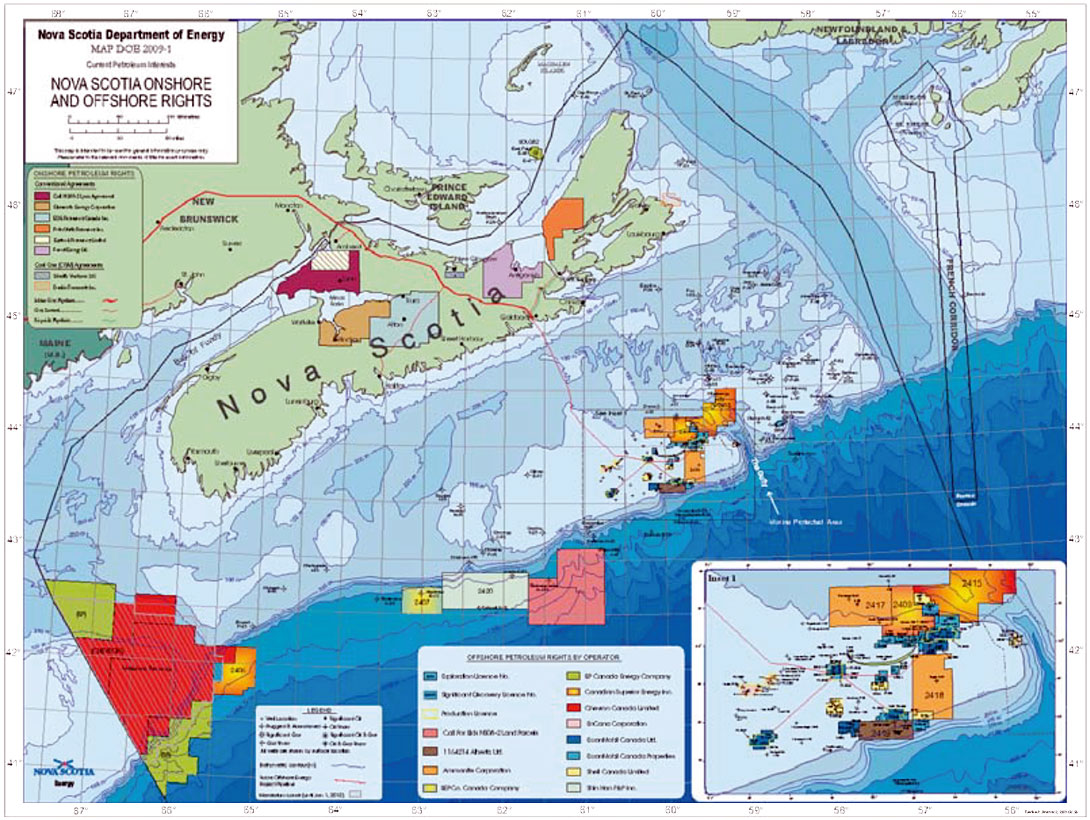
Play Fairway Program: Providing Explorers with the Means to Make Informed Decisions
In April 2009, after an extensive Request for Proposals process, the OETR Association awarded an 18-month contract to RPS Energy of the United Kingdom for program management services to co-ordinate an industry standard Play Fairway Analysis project for offshore Nova Scotia. The objective of the project is to promote Nova Scotia’s hydrocarbon prospectivity to the oil and gas industry in order to attract maximum participation in forthcoming licensing rounds.
The exploration history has shown the complex geological problems that need to be solved in order to demonstrate to the industry that there is a viable, attractive hydrocarbon region in offshore Nova Scotia. Several leading oil companies have determined that there is limited potential value in the shelf and have pulled out. The standard approaches to unlocking the hydrocarbon potential have failed.
The geoscience story is crucial. The key issues that will be addressed through the geoscience work include the following:
- Showing that there is a route to reducing risk to acceptable levels with the fault seal capacity on the shelf to exploit the Sable Island play fairway.
- Developing a model that can be used to predict reservoir presence on the slope. This will require understanding the interrelationship between salt movement and sediment transport and ponding.
- Understanding the source rock story. There appear to be multiple source rock horizons with differing maturation timing and migration routes.
This work will show that the large undrilled features / structures that exist in the area could be hydrocarbon bearing and have substantial volumes. An understanding of the associated issues will be gained through innovative thinking based on a rigorous systematic approach to understanding the petroleum system.
The creation of a data package to accompany this Play Fairway Analysis is an important component to the OETR program. The provision of a data package will enable interested companies to test the proposed hydrocarbon models on real data and also to go some way evaluating prospects. There are two issues to address regarding data:
- The Data: OETR has commissioned a set of activities in which approaches are being made to data owners to explore commercial terms under which digital data can be licensed to interested companies.
- Data Quality. Although for the most part the seismic data quality is good in the area, improved imaging will be needed to improve the predictive quality of the data, particularly sub-salt.
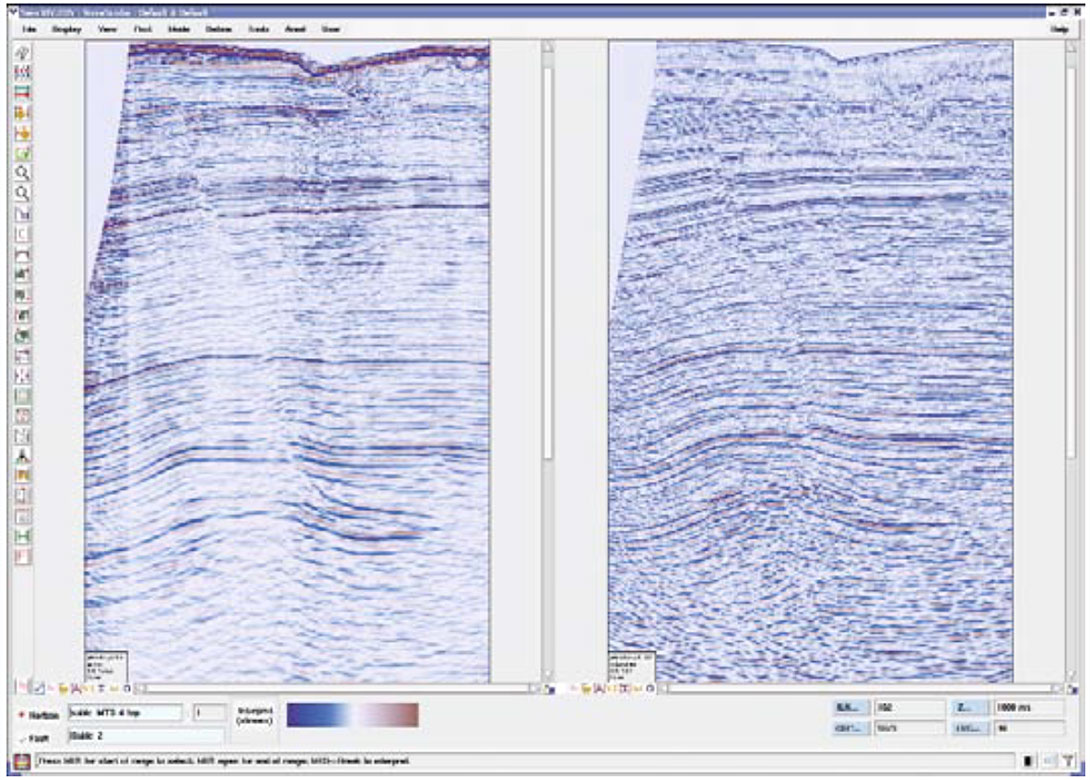

The Play Fairway Program was initiated in May with a workshop with leading academic thinkers from both Canada and Europe. In particular the workshop included attendees from Nova Scotia’s conjugate margin – Morocco. The workshop concluded that three important issues needed to be addressed as part of the overall play fairway program:
- Plate tectonic reconstruction: there is a lack of understanding on the rift history of the margin and the timing of the final rift event. Understanding the relationship between rifting and salt deposition is critical in developing models for potential syn-rift and early post rift depositional environment and the development of source rocks.
- Forensic Geochemistry: although much geochemical data exists on the margin through the many hydrocarbon shows and discoveries, the source rock story is not understood. The program will undertake a systematic evaluation of geochemical source rock and hydrocarbon typing data. An important component of this work will include fluid inclusion studies from hydrocarbon traces found in the salt. An indication of lacustrine or restricted marine early Jurassic source rocks would considerably enhance the hydrocarbon potential of the area.
- Sequence stratigraphic framework: there is no sequence stratigraphic framework for the margin. The program of work includes a re-evaluation of the biostratigraphy of several key wells which will be integrated with a seismic interpretation, and tectonic models, to build a comprehensive sequence framework.
Program Components
As a result of the May workshop and conversations with the academic and geoscience community in Halifax, the Play Fairway Program has evolved into a number of individual projects. These include:
- Plate Tectonics Modeling (described above)
- Biostratigraphy
- Geochemistry
- Petroleum Systems Modeling
- Seismic database preparation / Synthetics
- Reprocessing of seismic lines of around 6,300km data
- Seismic Rock Physics Review
- Salt Structural Interpretation
- Reservoir Quality
- Play Fairway Evaluation
The projects are designed to incorporate the leading academic research being undertaken in Halifax into the overall Play Fairway Analysis. Of particular note are the plate tectonic and salt modelling projects which build on work being done at Dalhousie University; and the biostratigraphy and reservoir quality projects which build on work being done at St Mary’s University. All projects will also build on the extensive high quality thinking and knowledge that exists in the Geological Survey of Canada (GSC) and the CNSOPB.
The Play Fairway Program integrates the results of these individual projects to develop an industry standard play fairway analysis and atlas. This will include the creation of Gross Depositional Environment (GDE), and Common Risk Segment (CRS) maps on each key sequence leading to the development of a final Yet to Find Analysis by play segment.
OETR has commenced the procurement to select a Geoscience Contractor to do the Play Fairway Analysis. Awarding the contract for the Play Fairway Analysis in September of this year is a key milestone in the overall program. The Play Fairway Program is expected to be completed in September / October 2011 with the publication of a Play Fairway Analysis and sample Geoscience Data Package for use by explorers.
Dr. Kevin Vessey, President and Director of OETR Association, is optimistic that the results of this program will make Nova Scotia’s offshore an attractive area for development by industry companies. “The goal of this work is to renew industry interest in developing Nova Scotia’s offshore resources, increasing benefit to Nova Scotians through offshore royalty payments. The Play Fairway Analysis and Geoscience Data Package produced by this program will help to identify potential prospective areas.”
Typically, this type of work is done by companies in the oil and gas industry. However, as part of their commitment to reducing barriers for exploration in Nova Scotia’s offshore, the Government of Nova Scotia is taking the innovative approach of making the results of this analysis, and the sample data to support them, available to explorers. In fact, the Government of Nova Scotia has invested over $15 million in the OETR Association to coordinate research activities to make this work possible.
About OETR
The OETR Association was established in March 2006, with $2.6 million in funding from the Province of Nova Scotia to support research and development on offshore energy issues and to disseminate the resulting knowledge in order to enhance petroleum exploration and development in offshore Nova Scotia. Its members are Dalhousie and Saint Mary’s Universities and the Nova Scotia Department of Energy. OETR’s mandate is to fund research that builds geoscience knowledge about Nova Scotia’s offshore oil and gas potential, as well as research that reduces the technical and engineering barriers to development of discovered reserves. Where consistent with these goals, it also builds capacity for research in Nova Scotia.
In 2008, the Government of Nova Scotia funded the Association with an additional $18 million to enable it to undertake further research to support offshore energy development. A significant portion of this (in the order of $15 million) is reserved to fund a comprehensive program of geoscience studies or play fairway analysis program. This program consists of data acquisition and research projects, together with other related initiatives, with the goal of stimulating renewed offshore petroleum exploration activity.
More information about the Play Fairway Program and the OETR Association can be found at the OETR website: www.offshoreenergyresearch.ca.







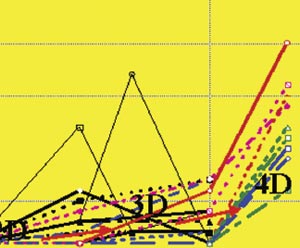
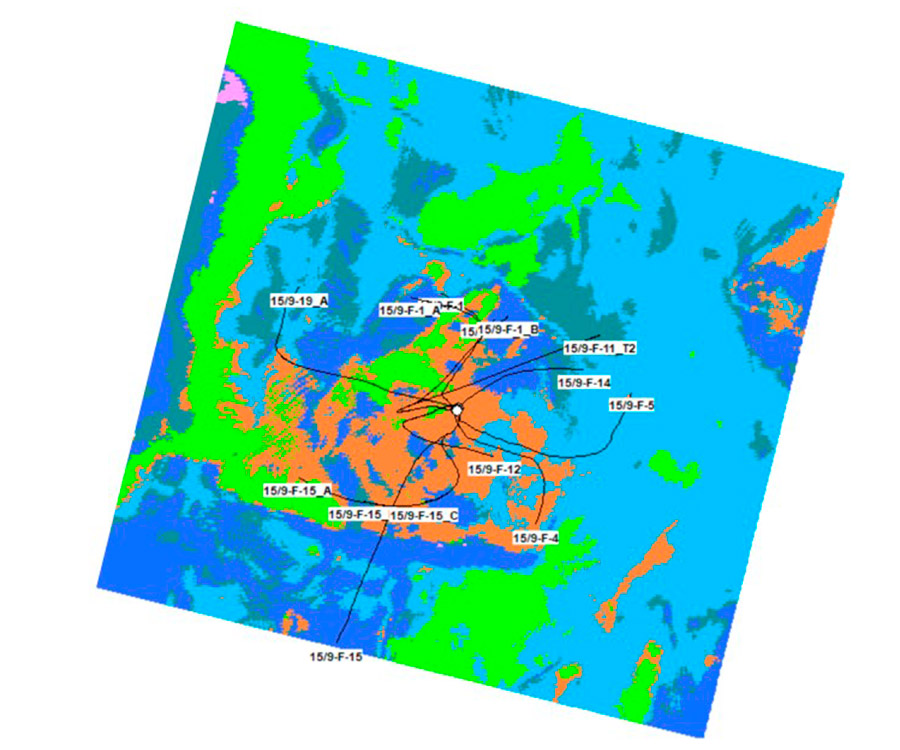






Join the Conversation
Interested in starting, or contributing to a conversation about an article or issue of the RECORDER? Join our CSEG LinkedIn Group.
Share This Article